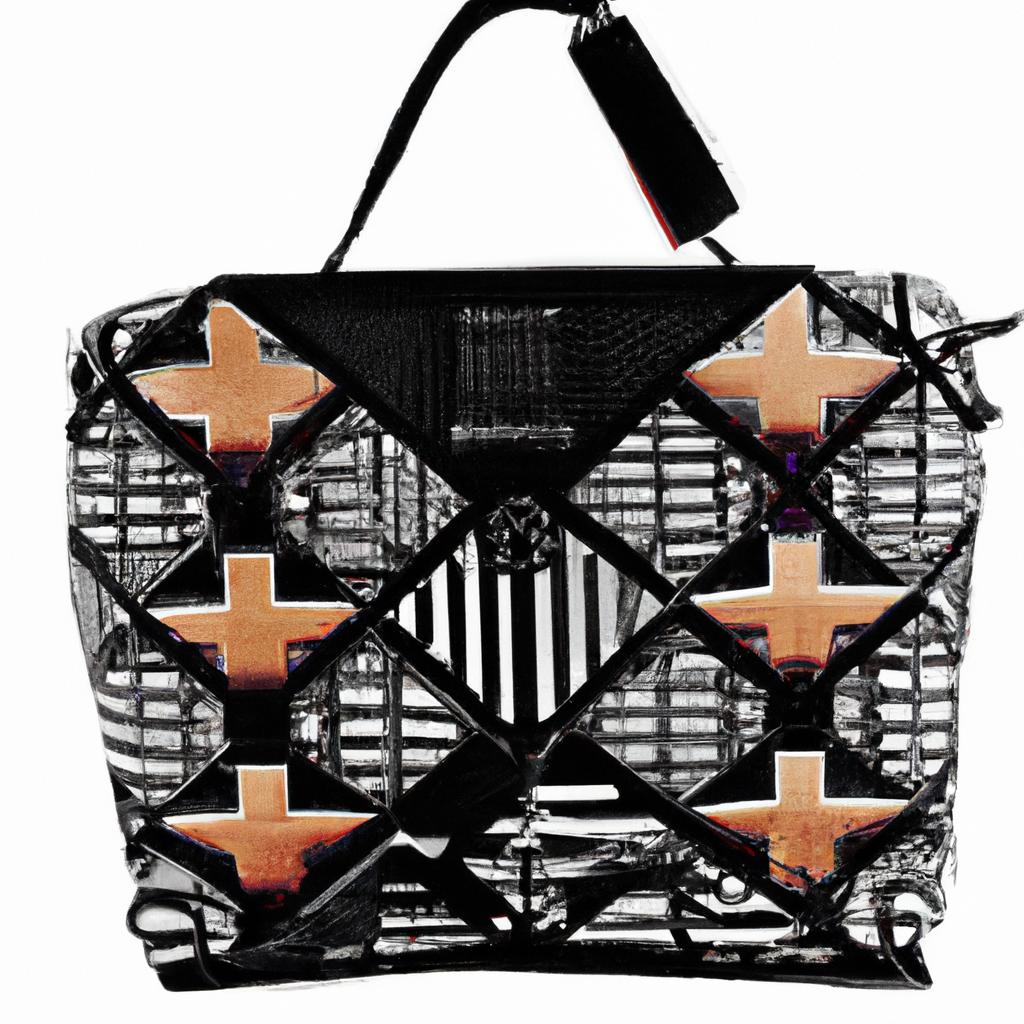
Introduction to Designer Collaborations: Exciting Partnerships in Fashion
In the ever-evolving world of fashion, designer collaborations have become a powerful force, creating buzz and excitement among fashion enthusiasts. These partnerships between high-end designers and mainstream brands bring something new and fresh to the industry while also driving sales and reaching new audiences.
What exactly are designer collaborations? Simply put, they are when a fashion designer teams up with a brand to create a collection that combines the designer’s unique aesthetic with the brand’s mass consumer appeal. This can range from high-end designers collaborating with fast fashion retailers to luxury labels partnering with sportswear brands.
The impact of these collaborations on the fashion industry cannot be ignored. They have become a key marketing strategy for both parties involved, resulting in increased brand awareness, sales, and brand loyalty. These partnerships also generate excitement and anticipation among consumers, leading to limited edition collections selling out within hours, sometimes even minutes.
Furthermore, designer collaborations have opened doors for designers to reach a wider audience and bring their designs to more affordable price points. This has allowed consumers to experience the craftsmanship and creativity of high-end designers without breaking the bank. On the other hand, mainstream brands benefit from the prestige and reputation of these top designers, elevating their brand image and perceived value.
Overall, designer collaborations have proven to be a win-win situation for both parties involved, as well as for consumers who get to enjoy unique and exclusive collections. As we dive into some of the most iconic and successful designer collaborations in recent years, let’s explore the elements that make these partnerships so exciting and influential in the fashion world.
Discussing the Most Iconic and Successful Designer Collaborations in Recent Years
Designer collaborations have become increasingly popular in the fashion industry, with big names teaming up to create exciting and innovative collections. These partnerships not only generate buzz and excitement among fashion enthusiasts, but also have a significant impact on the industry as a whole.
One of the most iconic and successful designer collaborations in recent years was the collaboration between luxury Italian fashion house Versace and fast fashion retailer H&M in 2011. The collection sold out within hours and crashed the retailer’s website, showcasing the power of designer collaborations in driving consumer demand.
Another notable example is the collaboration between high-end brand Balmain and affordable retailer H&M in 2015. The collection featured the signature bold and glamorous designs of Balmain, making it a hit among fashion lovers who wanted a taste of luxury at a more accessible price.
The partnership between streetwear giant Supreme and high fashion brand Louis Vuitton in 2017 also made headlines, bringing together two seemingly opposite worlds and creating a highly coveted collection.
Apart from these high-profile collaborations, there have been numerous successful partnerships between designers and retailers such as Alexander Wang x H&M, Erdem x H&M, and Victoria Beckham x Target.
What sets these collaborations apart is their ability to merge different styles, aesthetics, and price points, appealing to a wider range of consumers. They also bring attention to lesser-known designers and give them a platform to showcase their creativity and gain exposure in the industry.
Moreover, these collaborations often lead to innovative and unique designs that push boundaries and influence trends. The impact of designer collaborations can also be seen in consumer behavior, with shoppers willing to line up for hours or pay premium prices to get their hands on limited edition pieces.
Overall, the success of these partnerships can be attributed to their strategic business approaches, combining the strengths and resources of both parties involved. They also provide a win-win situation, with designers gaining access to a larger audience and retailers attracting new customers through the designer’s name.
Case Study: Alexander Wang x H&M
One notable case study is the collaboration between American designer Alexander Wang and H&M in 2014. The collection, featuring sporty and urban designs, sold out within hours and was highly sought after by consumers.
This collaboration not only boosted sales and brand awareness for H&M, but it also allowed Alexander Wang to reach a wider audience and elevate his brand’s profile. He also used the opportunity to incorporate sustainable materials in the collection, bringing attention to environmental issues in the fashion industry.
Conclusion
Designer collaborations have become an integral part of the fashion industry, bringing together different perspectives and styles to create exciting and successful collections. With the potential to drive innovation, growth, and consumer demand, these partnerships are here to stay and will continue to shape the future of fashion.
Highlighting the Unique Aspects of Designer Collaborations
Designer collaborations are increasingly becoming a popular trend in the fashion industry. These partnerships between leading fashion designers and brands have a unique impact on trends and consumer behavior.
One of the main aspects that make designer collaborations stand out is the element of surprise. These partnerships often come as unexpected collaborations between two seemingly different entities. For example, when high-end luxury brand Louis Vuitton collaborated with streetwear brand Supreme, it created shockwaves in the fashion world.
Designer collaborations also bring a fresh perspective to the fashion industry. By combining the distinct styles of both collaborators, these partnerships introduce new and innovative designs to the market. This allows consumers to access a wider range of products and styles, breaking away from the monotony of traditional fashion.
Moreover, designer collaborations have a unique influence on consumer behavior. The limited edition nature of these partnerships creates a sense of urgency and exclusivity among consumers. With limited quantities available and high demand, these collaborations often sell out quickly, leading to a spike in consumer interest and desire for the products.
Additionally, designer collaborations have a significant impact on trends. These partnerships not only introduce new designs but also have the power to set trends and create a ripple effect in the fashion world. When high-end designers collaborate with more affordable brands, it makes their designs accessible to a wider audience, making them more mainstream and popular.
Overall, designer collaborations have a unique ability to captivate and influence consumers through their surprising, fresh, and trendsetting elements. This makes them a highly successful and sought-after strategy for both the designers and brands involved.
Examining the Business Strategies and Benefits of Designer Collaborations for Both Parties Involved
Designer collaborations have become a popular trend in the fashion industry, with big-name designers teaming up with retail brands to create exciting and unique collections. But what exactly motivates these collaborations, and what benefits do they bring for the designers and retailers involved?
From a business standpoint, designer collaborations provide a mutually beneficial opportunity for both parties. For designers, it allows them to reach a wider audience and expand their brand’s reach beyond their usual customer base. This exposure can lead to increased brand recognition and potential new customers.
On the other hand, for retailers, designer collaborations offer a chance to boost sales and attract new customers. By partnering with a well-known designer, they can tap into the designer’s loyal fanbase and attract them to their store or website. This can also help differentiate the retailer from its competitors and drive excitement and buzz around the partnership.
Another advantage of designer collaborations is the potential for increased revenue. By combining the creative forces of a designer with the marketing and resources of a retailer, the resulting collection is often highly desirable and can command higher price points. This can lead to increased profits for both parties involved.
In addition to financial benefits, designer collaborations can also bring a sense of innovation and creativity to the fashion industry. The combination of different styles, aesthetics, and target markets can result in unique and unexpected collections that push the boundaries of traditional fashion.
Furthermore, designer collaborations can also provide opportunities for designers to experiment and try new things. Often, designers are limited by their own brand’s aesthetic and may not have the freedom to branch out. By collaborating with a retailer, they can explore new ideas and expand their design horizons.
Overall, designer collaborations offer a win-win situation for both parties involved. They provide valuable exposure, increased revenue, and opportunities for creativity and innovation. As this trend continues to grow, we can expect to see more exciting partnerships and collaborations that will shape the future of fashion.
Case Study Analysis of Specific Designer Collaborations and Their Success Stories
One of the most iconic designer collaborations in recent years has been between luxury fashion house, Louis Vuitton, and contemporary streetwear brand, Supreme. This unexpected partnership created a buzz in the fashion world, with their limited-edition collection selling out within minutes of its release in 2017. The success of this collaboration was not just in terms of sales, but also in the way it brought together two seemingly opposite brands and created a new trend of high-end streetwear.
Another successful designer collaboration was between high-end Italian brand Versace and fast fashion retailer H&M in 2011. This collaboration allowed Versace to reach a wider audience and tap into the fast-fashion market, while H&M benefited from the luxury label’s design expertise and prestige. The collection sold out within hours, showcasing the power of a designer collaboration in attracting consumers.
A more recent success story is the collaboration between designer Alexander Wang and sportswear giant Adidas. By combining Wang’s edgy aesthetic with Adidas’ athletic performance, the partnership resulted in a highly coveted collection and generated a huge social media buzz. The limited edition sneakers from the collaboration were highly sought after and quickly sold out, solidifying the success of this partnership.
One of the key factors behind the success of these collaborations is the unique qualities that each brand brings to the table. Whether it is Supreme’s cult following, Versace’s luxury appeal, or Alexander Wang’s cool factor, these partnerships create a synergy that attracts both loyal fans and new customers.
From a business perspective, designer collaborations offer various benefits for both parties involved. For the luxury brand, it provides an opportunity to reach a wider audience, tap into new markets, and increase brand awareness. On the other hand, for the collaborating brand, it allows for innovation and credibility by associating with a well-established name in the industry.
The success of these collaborations can also be attributed to the specific strategies employed by the brands. Limited edition releases, strategic marketing campaigns, and exclusive events all contribute to creating a sense of urgency and exclusivity around the partnerships, ultimately driving up demand and sales.
In conclusion, designer collaborations have become increasingly popular in the fashion world and have proven to be a successful business strategy for many brands. By bringing together different styles, aesthetics, and target audiences, these partnerships not only create excitement and buzz, but also drive innovation and growth within the industry. With the potential for even more exciting collaborations in the future, it is clear that this trend is here to stay.
Conclusion: The Future of Designer Collaborations
Designer collaborations have become a powerful force in the fashion industry, creating excitement and buzz among consumers while driving innovation and growth for brands. As the fashion world continues to evolve and adapt to changing consumer preferences and behaviors, designer collaborations are expected to play an even bigger role in shaping the industry.
With the rise of social media and fast fashion, consumers are more connected and informed than ever before. This has led to a demand for unique and limited edition pieces, making designer collaborations a perfect fit. By partnering with established designers, brands are able to offer exclusive and high-end products at more accessible price points, attracting a larger, younger, and more diverse audience.
Moreover, designer collaborations bring together different creative perspectives, resulting in fresh and innovative designs that push boundaries and challenge traditional norms. This not only keeps fashion exciting and relevant, but it also helps brands stay competitive and stay ahead of trends.
From the iconic collaboration between H&M and Karl Lagerfeld in 2004 to the recent successful partnerships between Adidas and Beyoncé, designer collaborations have proven to be a lucrative business strategy for both parties involved. Brands gain exposure to a wider audience and benefit from the expertise and credibility of established designers, while designers are able to reach a larger market and expand their brand’s reach.
In addition, designer collaborations also have a positive impact on sustainability in the fashion industry. By partnering with ethical and sustainable brands, designers can use their influence to promote and support sustainable practices, creating a ripple effect within the industry.
As the fashion industry continues to evolve and innovate, we can expect to see even more exciting designer collaborations emerge. These partnerships not only drive growth in the industry but also foster creativity and diversity. As consumers, we can look forward to more unique and exclusive designs that reflect the union of different creative minds.
In conclusion, designer collaborations are here to stay. With the potential to drive innovation, reach new audiences, and make a positive impact, these partnerships are a win-win for both brands and consumers. So keep an eye out for the latest designer collaborations and be a part of the ever-evolving world of fashion!
comments: 0

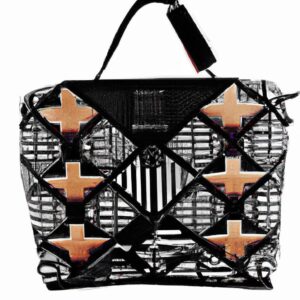
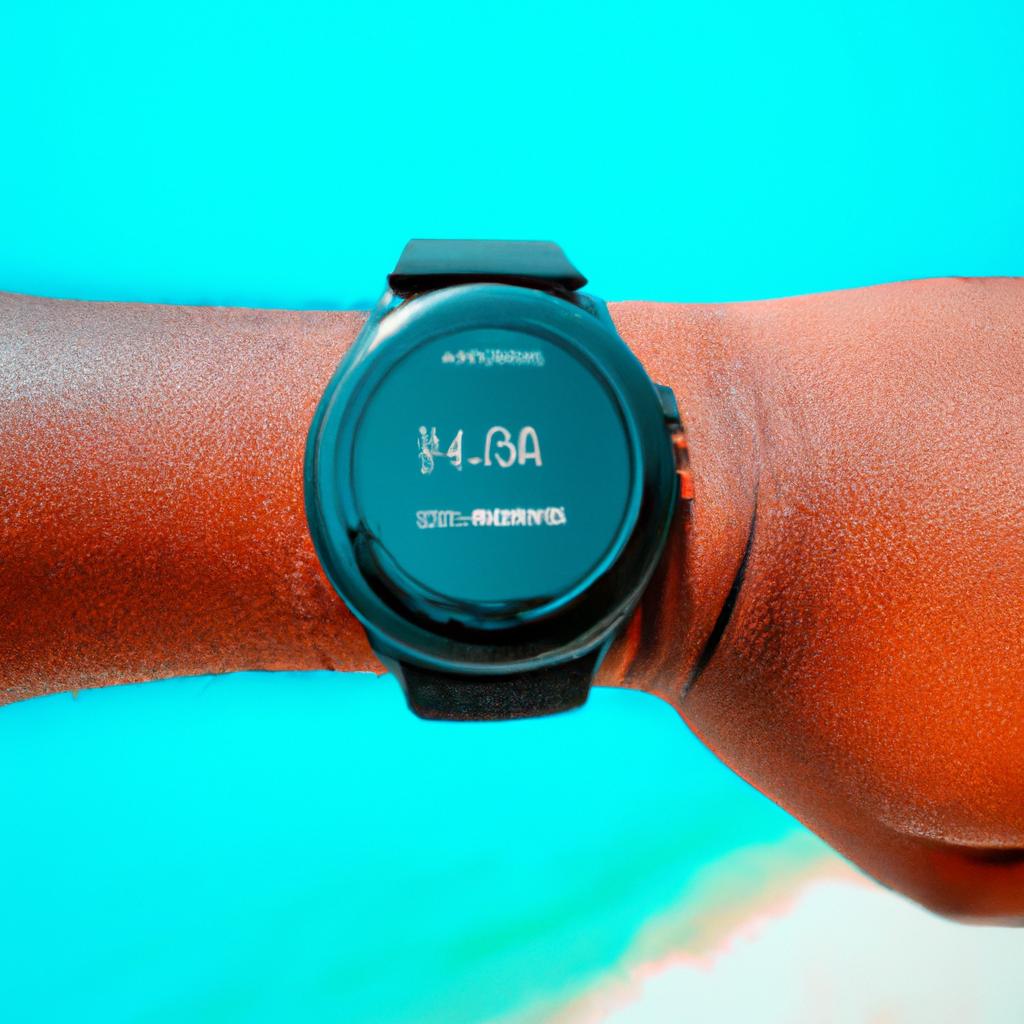 Redefining Fashion: How Startups are Disrupting the Industry
Redefining Fashion: How Startups are Disrupting the Industry 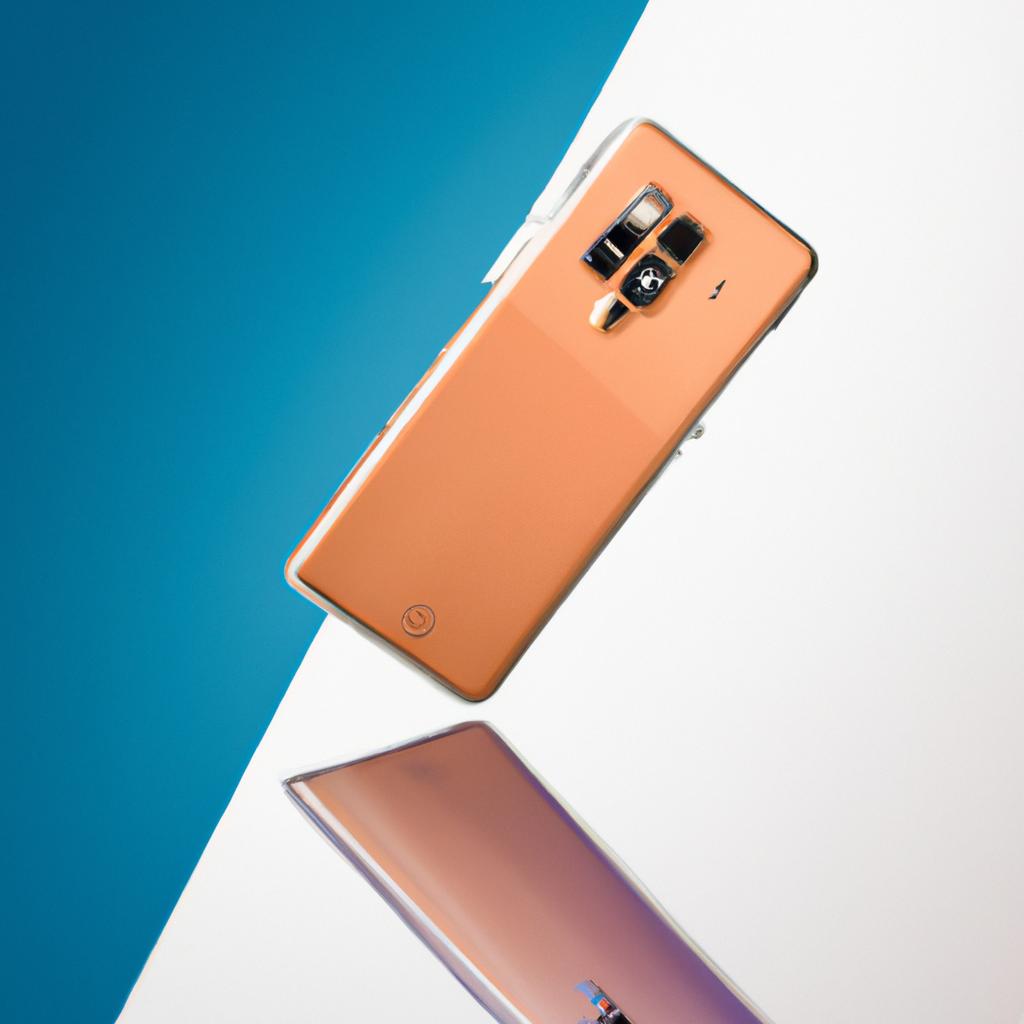 Revolutionizing the Runway: How Social Media is Transforming Fashion
Revolutionizing the Runway: How Social Media is Transforming Fashion 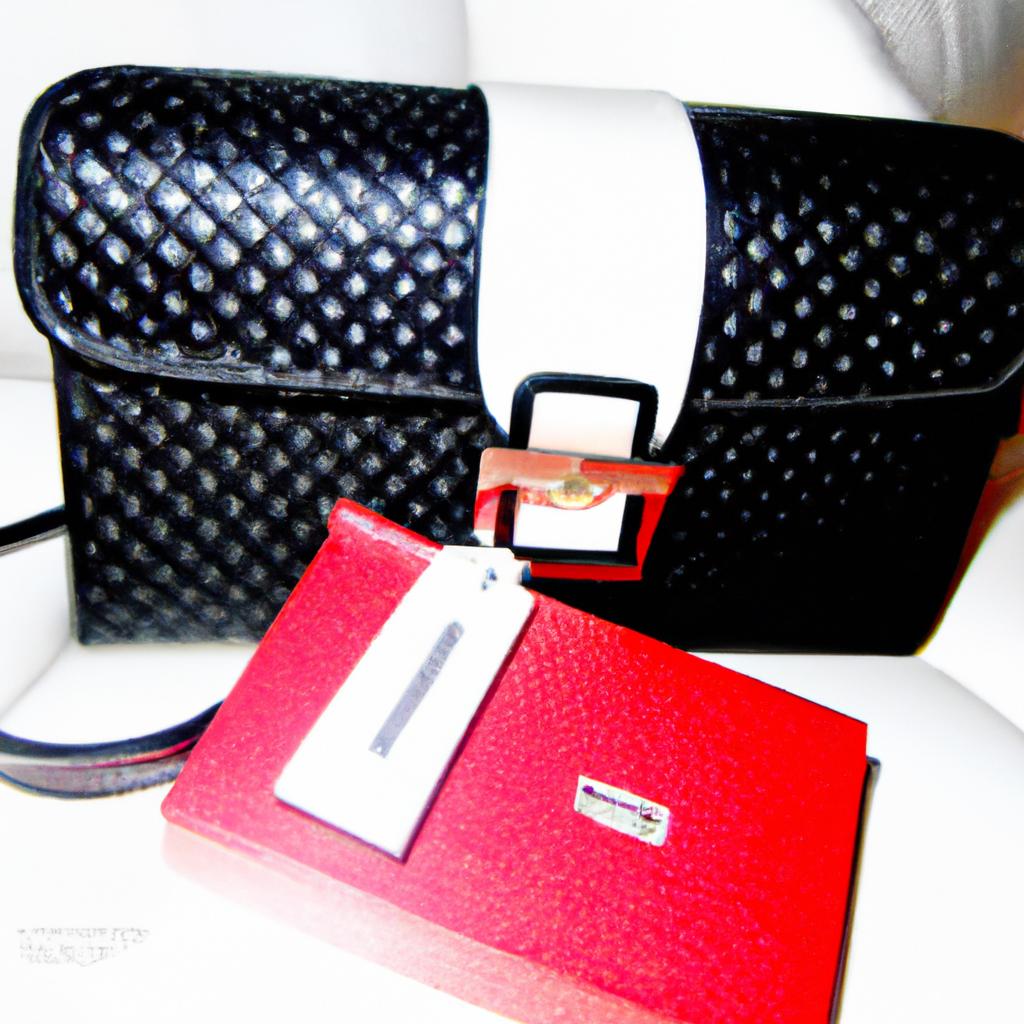 Unveiling the Business of Fashion: A Look into its Impact on the Global Economy
Unveiling the Business of Fashion: A Look into its Impact on the Global Economy  Finland’s Down’s model Maija makes strides on catwalk
Finland’s Down’s model Maija makes strides on catwalk  How to Create Adjustment Layers Based on Color
How to Create Adjustment Layers Based on Color  Valentino Goes Deliberately Feminine for Fall 2018
Valentino Goes Deliberately Feminine for Fall 2018 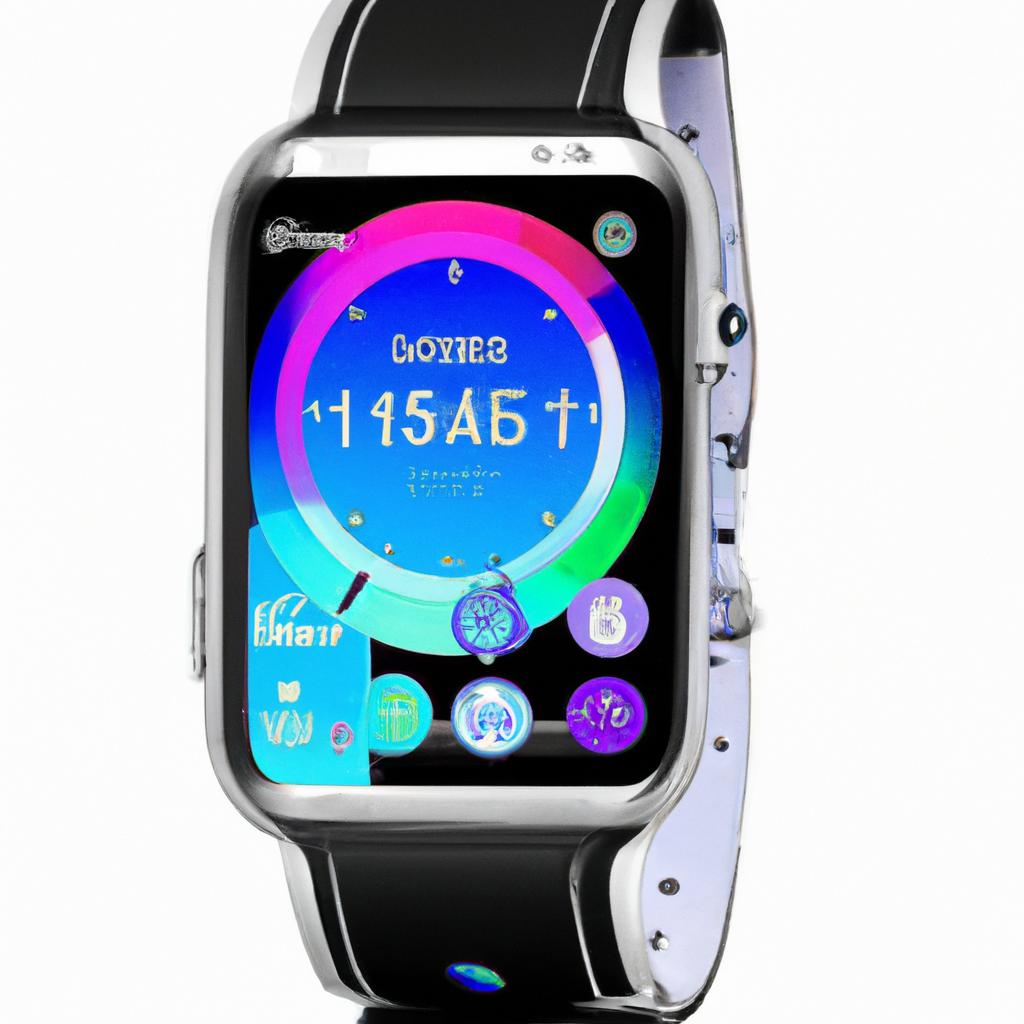 Revolutionizing Fashion: How Technology is Shaping the Industry Today
Revolutionizing Fashion: How Technology is Shaping the Industry Today 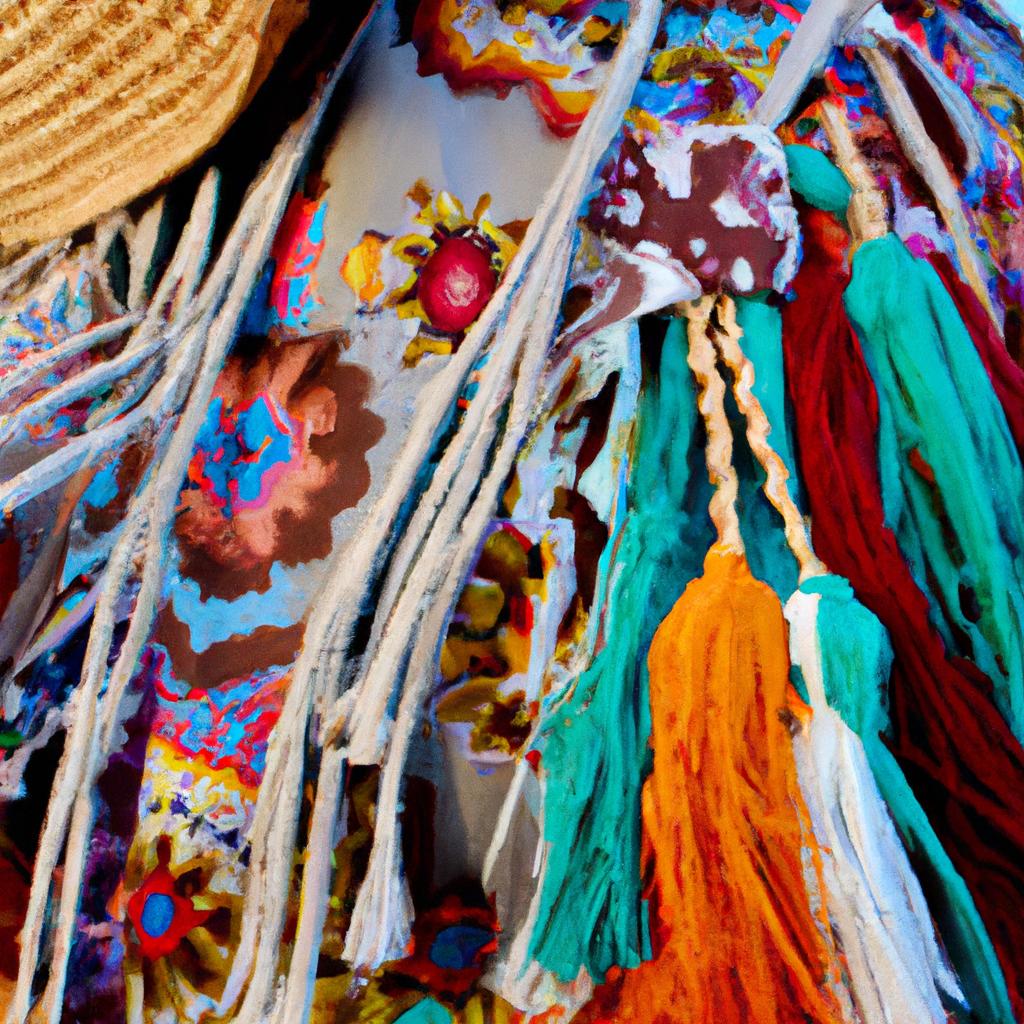 From East to West: Exploring Global Fashion Trends Across Continents
From East to West: Exploring Global Fashion Trends Across Continents  Cruising in Style with CarmelLimo: Because You Deserve to Feel Fancy
Cruising in Style with CarmelLimo: Because You Deserve to Feel Fancy 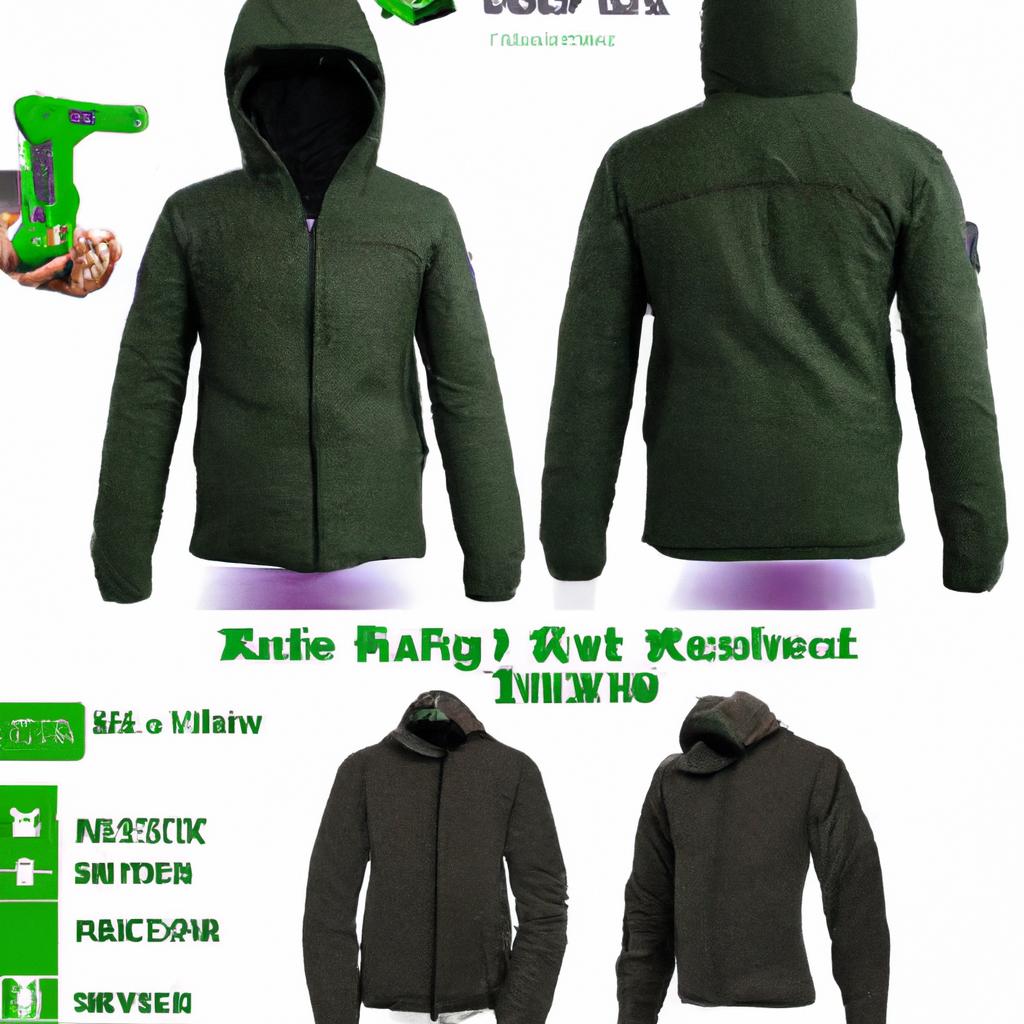 Dress to Impress: Essential Menswear for Every Weather Condition
Dress to Impress: Essential Menswear for Every Weather Condition